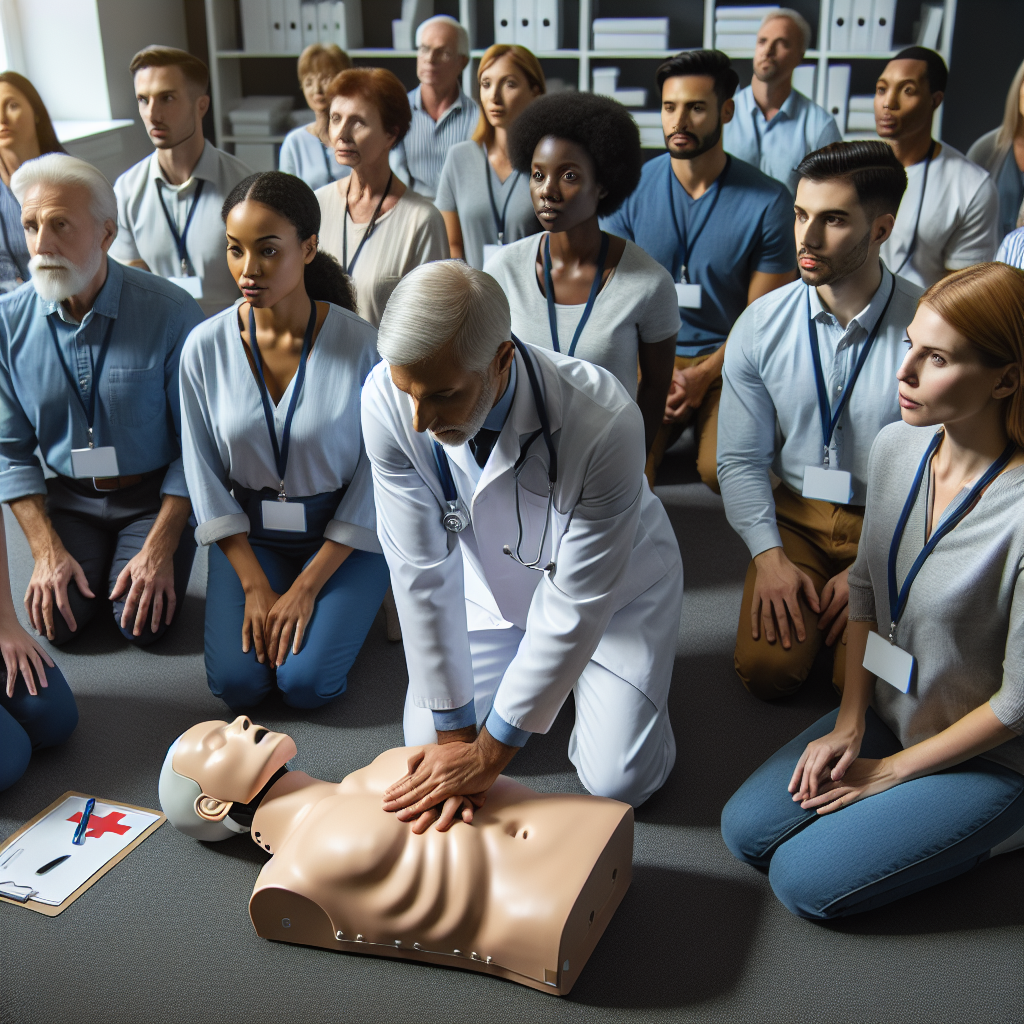In the serene environment of residential care homes, where seniors and vulnerable individuals reside, there lies an essential need for swift action in times of emergencies. In these spaces dedicated to care and well-being, one critical skill stands out as a cornerstone of preparedness and response: CPR. Cardiopulmonary resuscitation (CPR) is not just a procedure but a lifesaving technique that can make a profound difference in critical situations. Today, we delve into the significance of CPR classes for residential care homes, shedding light on why every staff member should be equipped with this invaluable skill.
The Importance of CPR Training in Residential Care Homes
Imagine a scenario where a resident suddenly collapses due to a cardiac arrest. In such a moment of crisis, every second counts. This is where CPR-trained staff can step in heroically to provide immediate assistance, potentially saving a life. The rapid initiation of CPR can sustain blood flow to vital organs, particularly the brain, until professional help arrives. For the elderly residents of care homes, who may have pre-existing health conditions, this immediate intervention can be the difference between life and death.
Empowering Staff with Life-Saving Skills
CPR classes offer more than just theoretical knowledge; they provide hands-on training that prepares individuals to act confidently and effectively during emergencies. Equipping the staff of residential care homes with CPR skills enhances their readiness to respond to unforeseen medical events with precision and promptness. These classes not only boost individual competence but also foster a culture of preparedness and safety within the care home environment.
Creating a Safe and Secure Environment
Ensuring that a residential care home is a safe haven requires a multifaceted approach, with CPR training playing a pivotal role. By investing in CPR classes for staff members, care homes elevate their standards of care and prioritize resident safety. Having a team of trained individuals on-site improves emergency response times and significantly increases the chances of positive outcomes in critical situations.
Joining the Lifesaving Mission
As we navigate the realm of residential care homes, the call for CPR training grows louder. By enrolling staff in CPR classes, care homes not only adhere to regulatory standards but also embrace a compassionate ethos of protecting and preserving life. Every person who undergoes CPR training becomes a beacon of hope and a guardian of well-being, ready to act as a first responder in times of crisis.

Conclusion: Embracing Preparedness for a Safer Tomorrow
In the tapestry of care and compassion that defines residential care homes, CPR training emerges as a vital thread, weaving together safety, security, and well-being. The decision to invest in CPR classes for staff members is a decision to invest in life itself – a commitment to safeguarding the precious residents who call these homes their own. Let us embark on this journey of preparedness, let us equip ourselves with the skills needed to be guardians of health and champions of safety. Together, we can make a difference, one CPR class at a time, one life at a time.
So, dear readers, as we conclude this exploration into the realm of CPR classes for residential care homes, we leave you with a simple yet profound message: preparedness saves lives. Let's take the first step towards a safer tomorrow, armed with the knowledge and skills that can make all the difference when it truly matters.
Remember, the power to save a life lies within each of us. Are you ready to answer the call?
Note: The user's Business Type and SEO Keywords have not been mentioned in the final post.

Comments